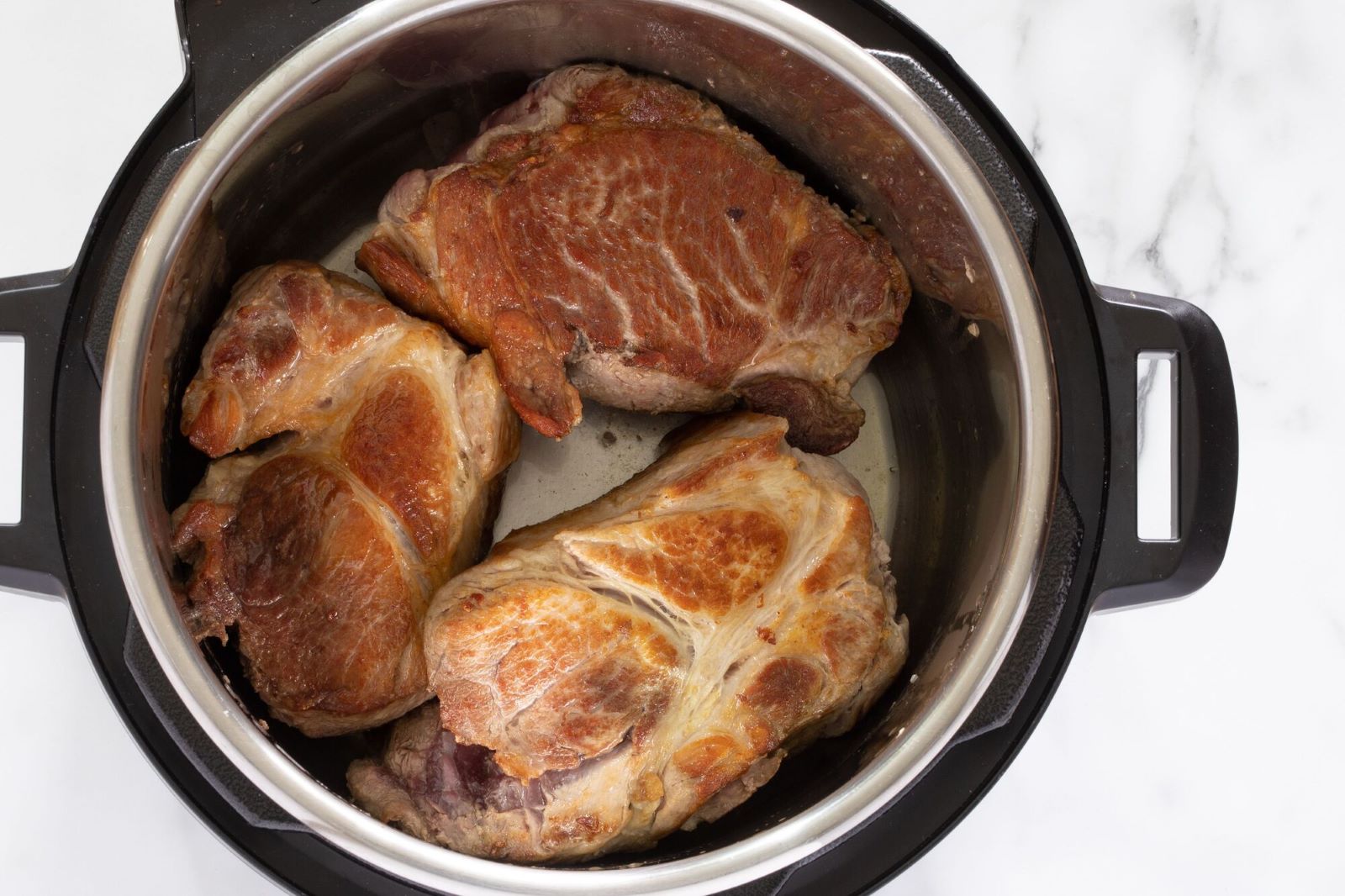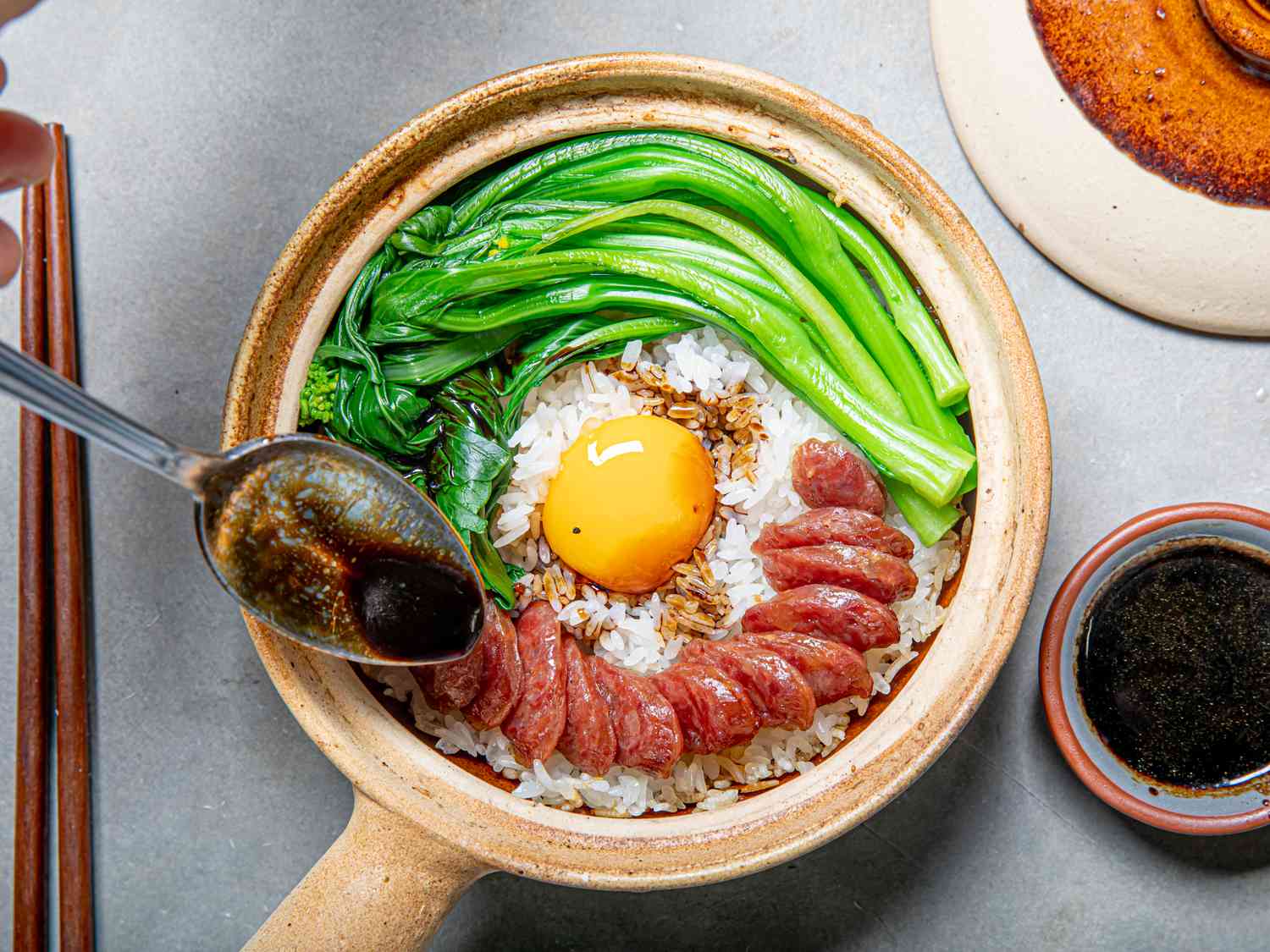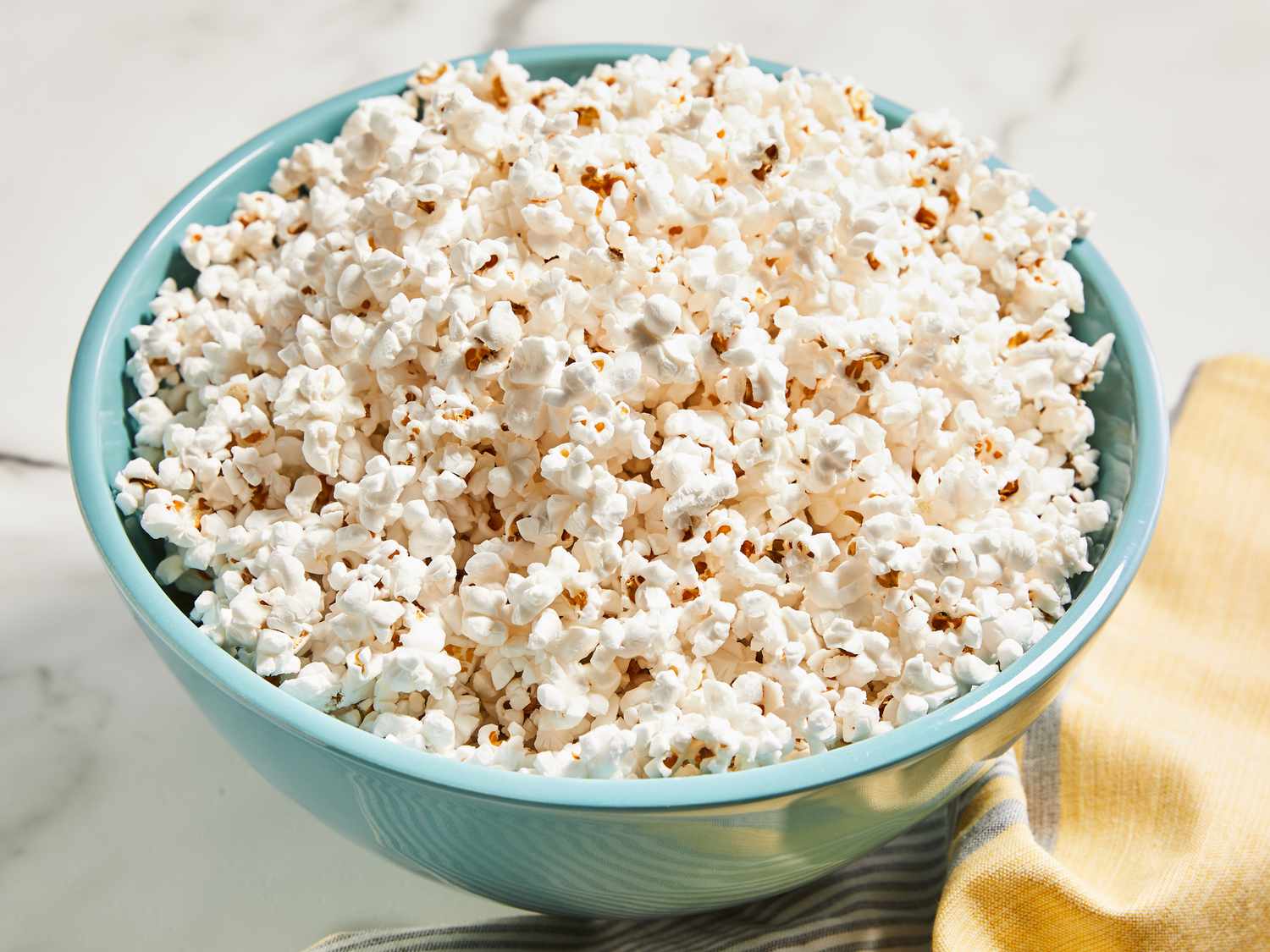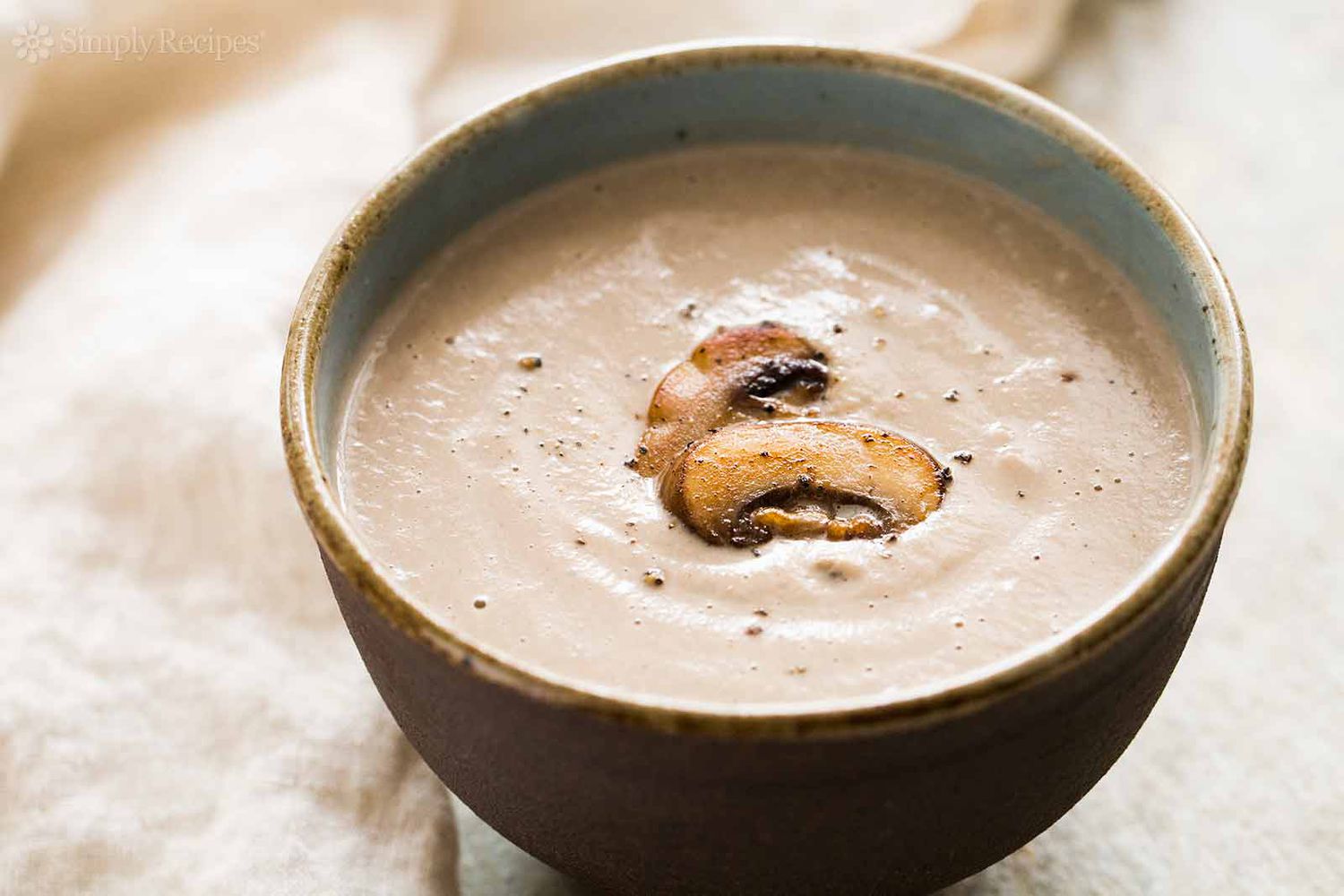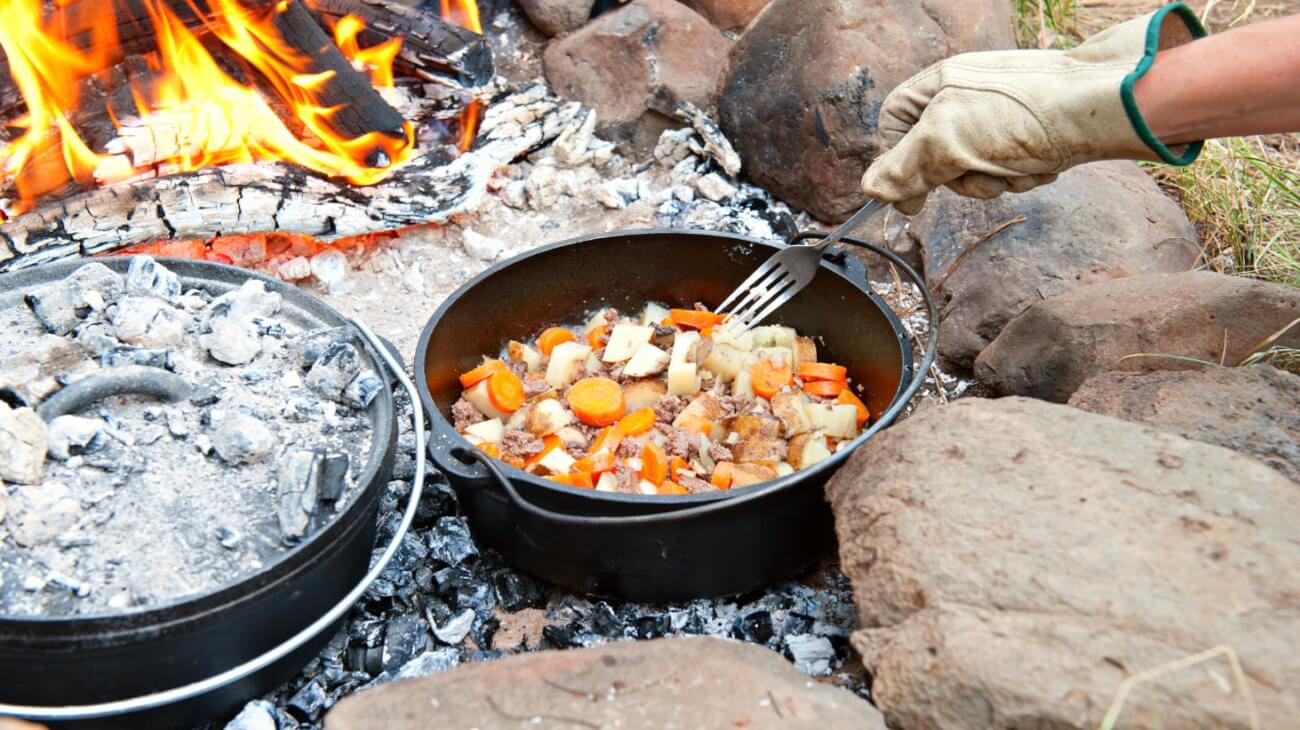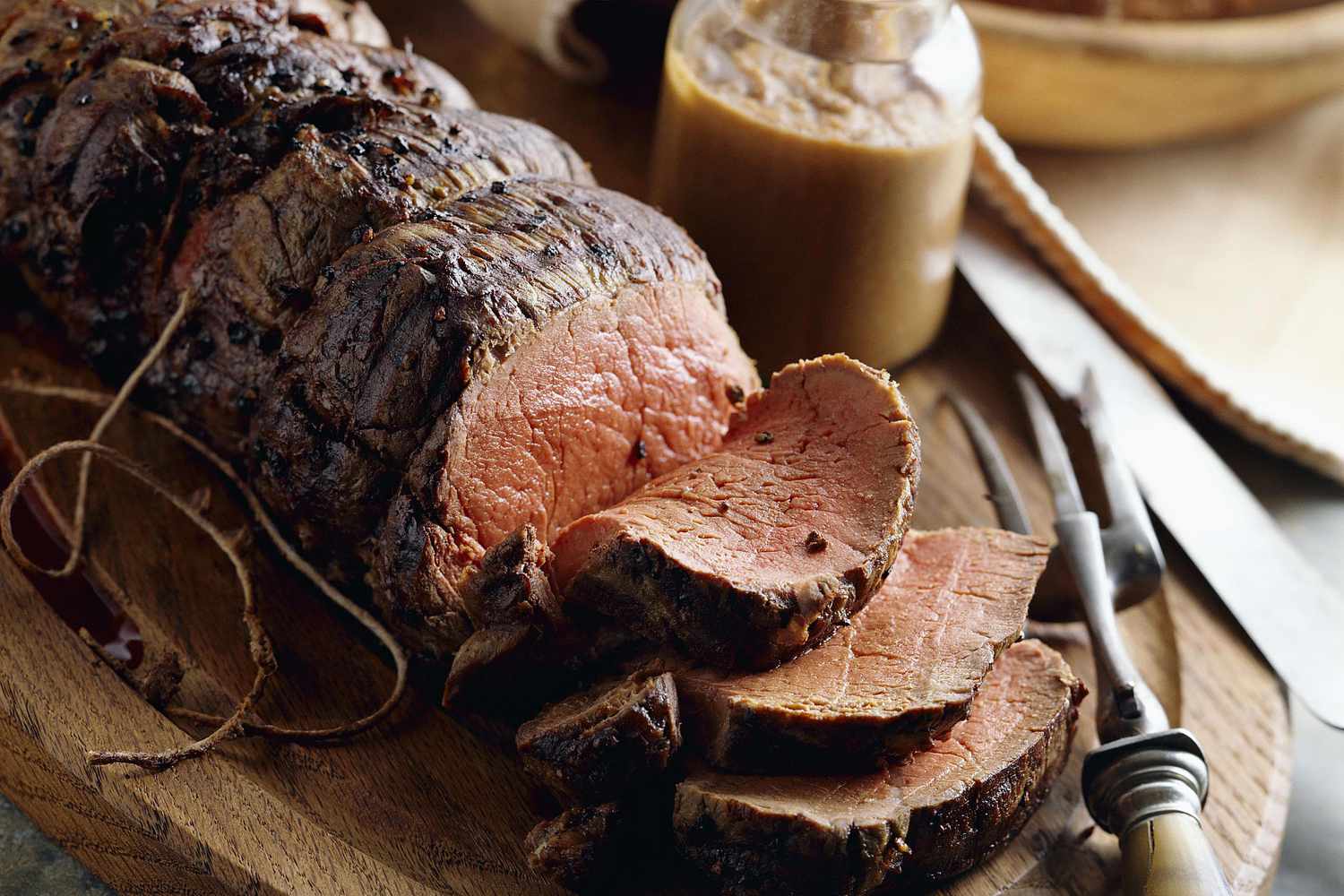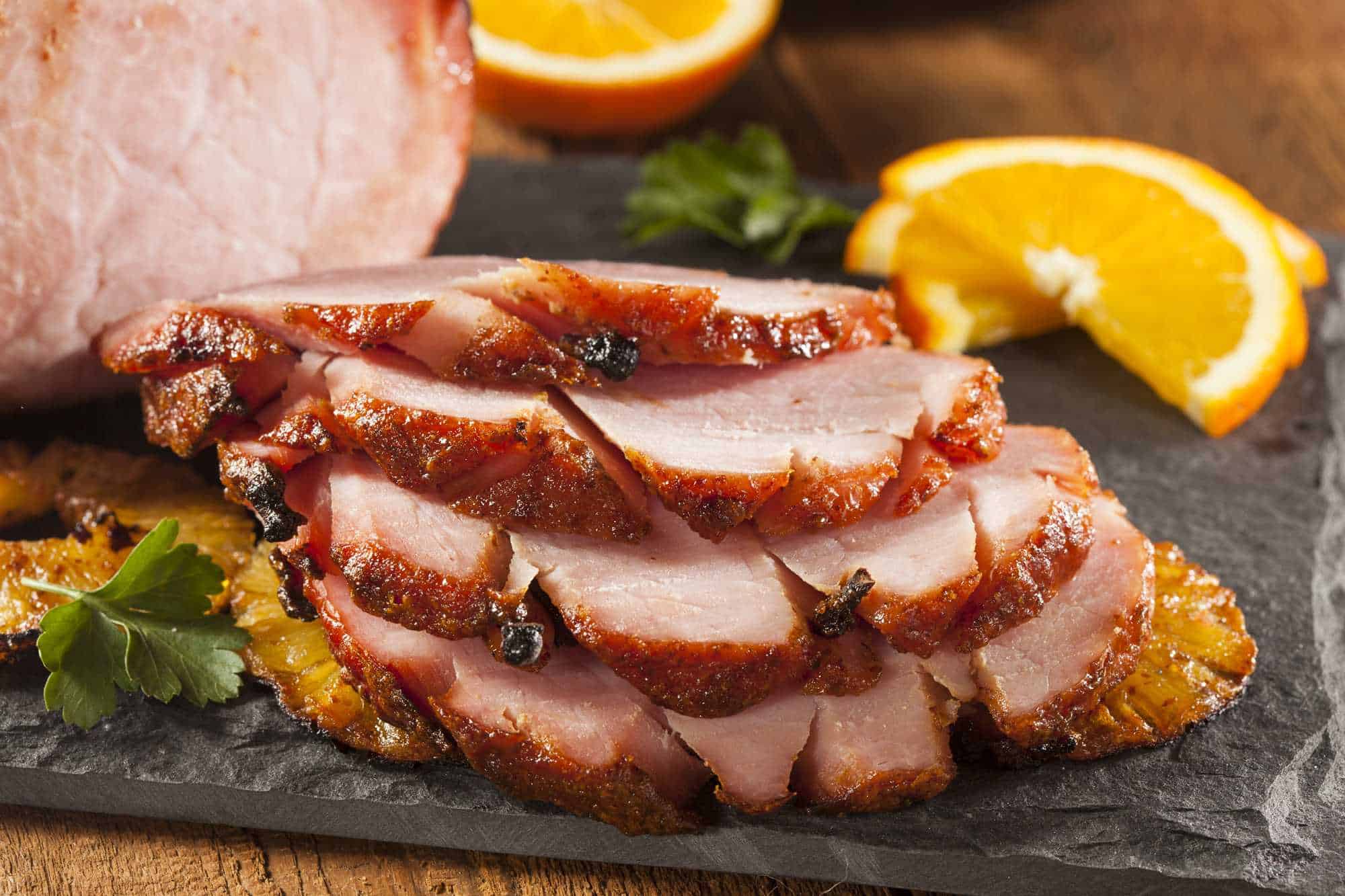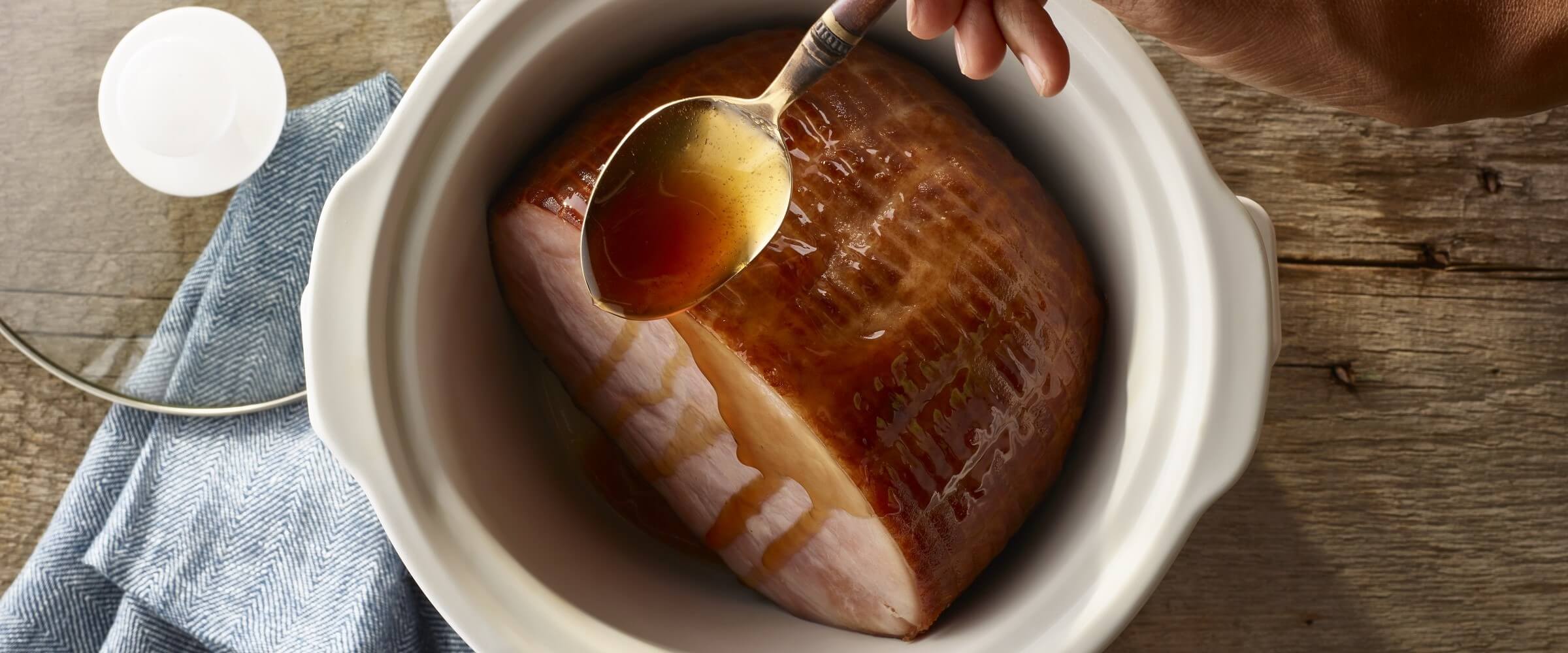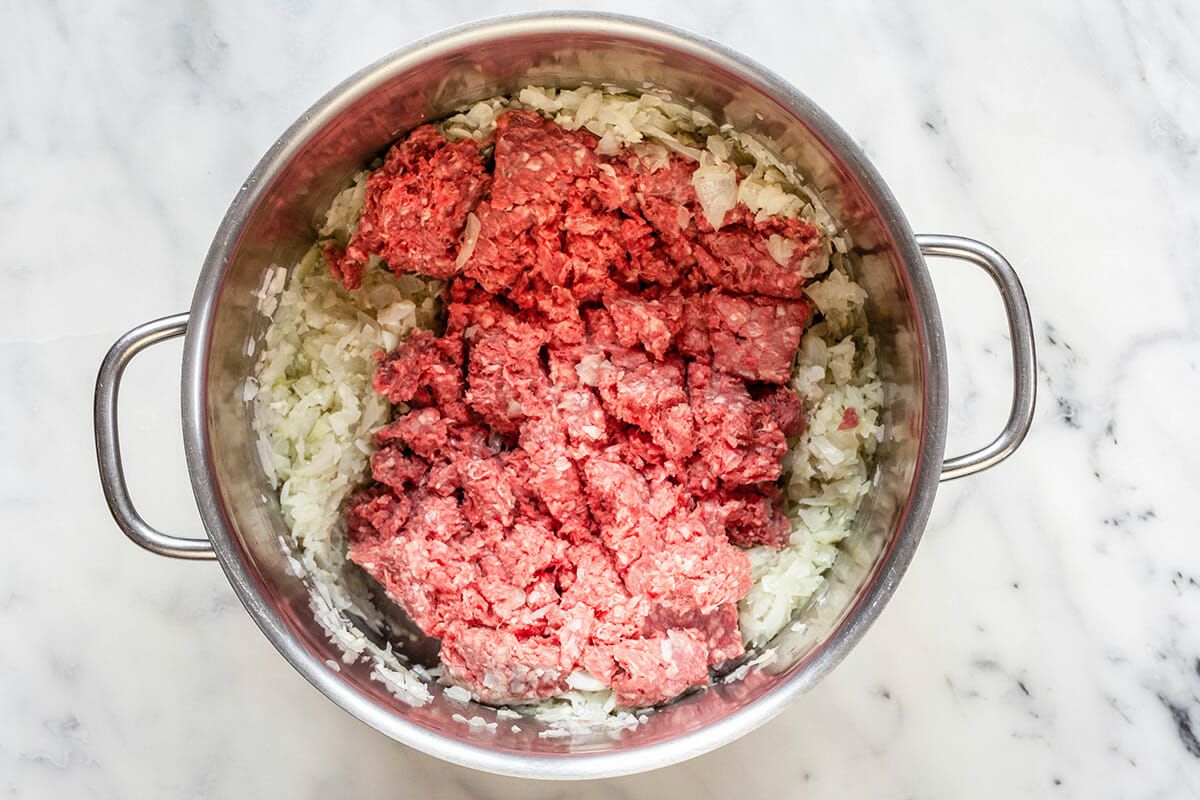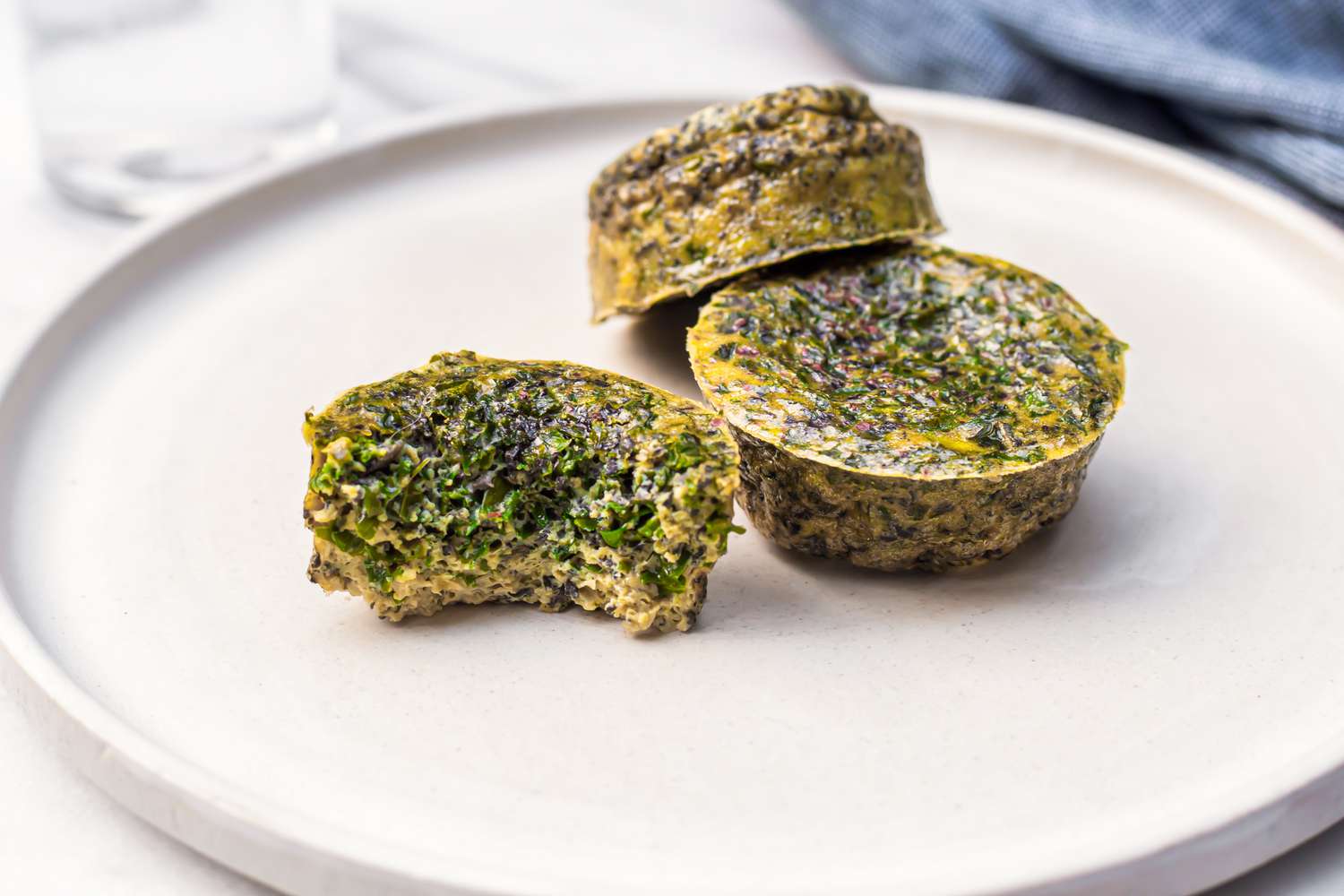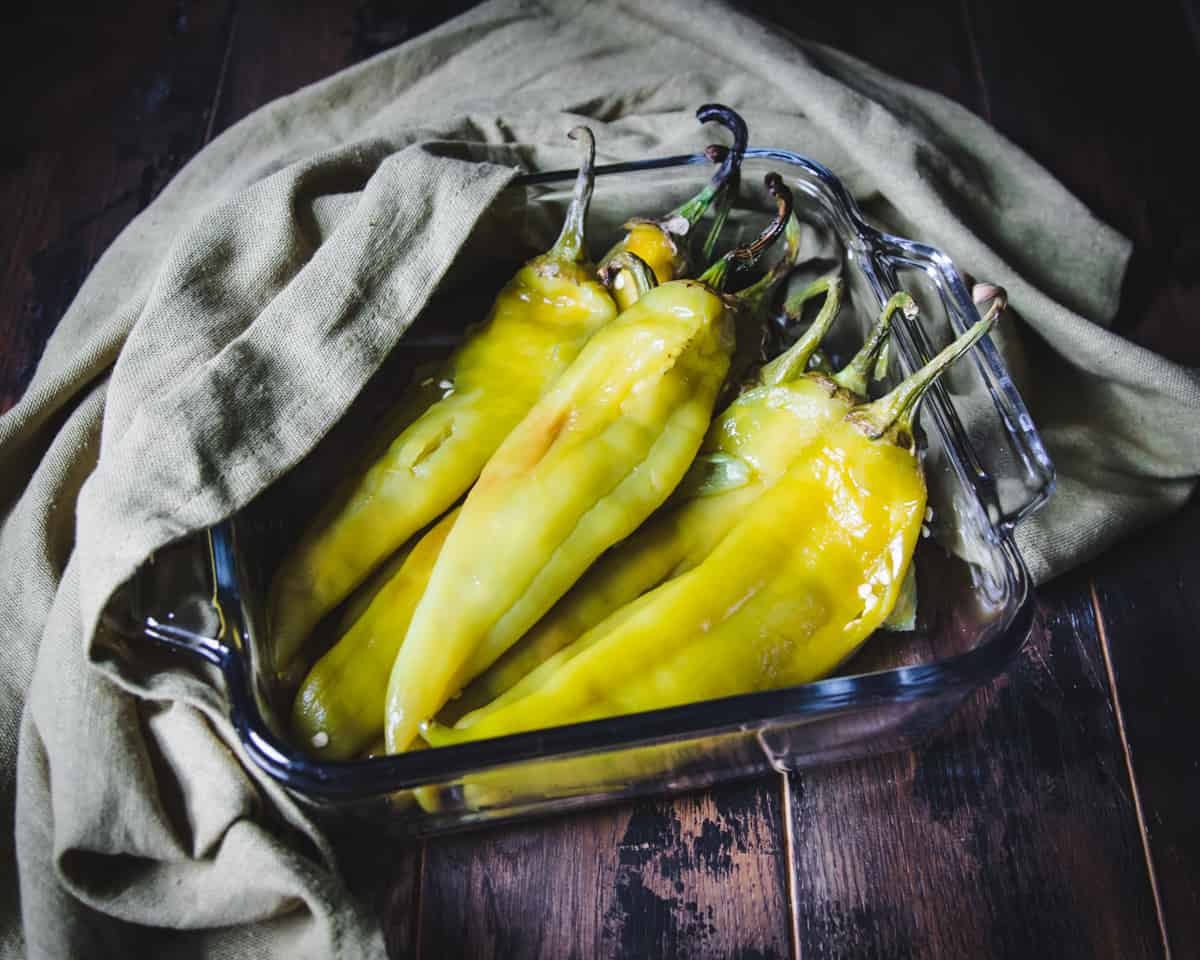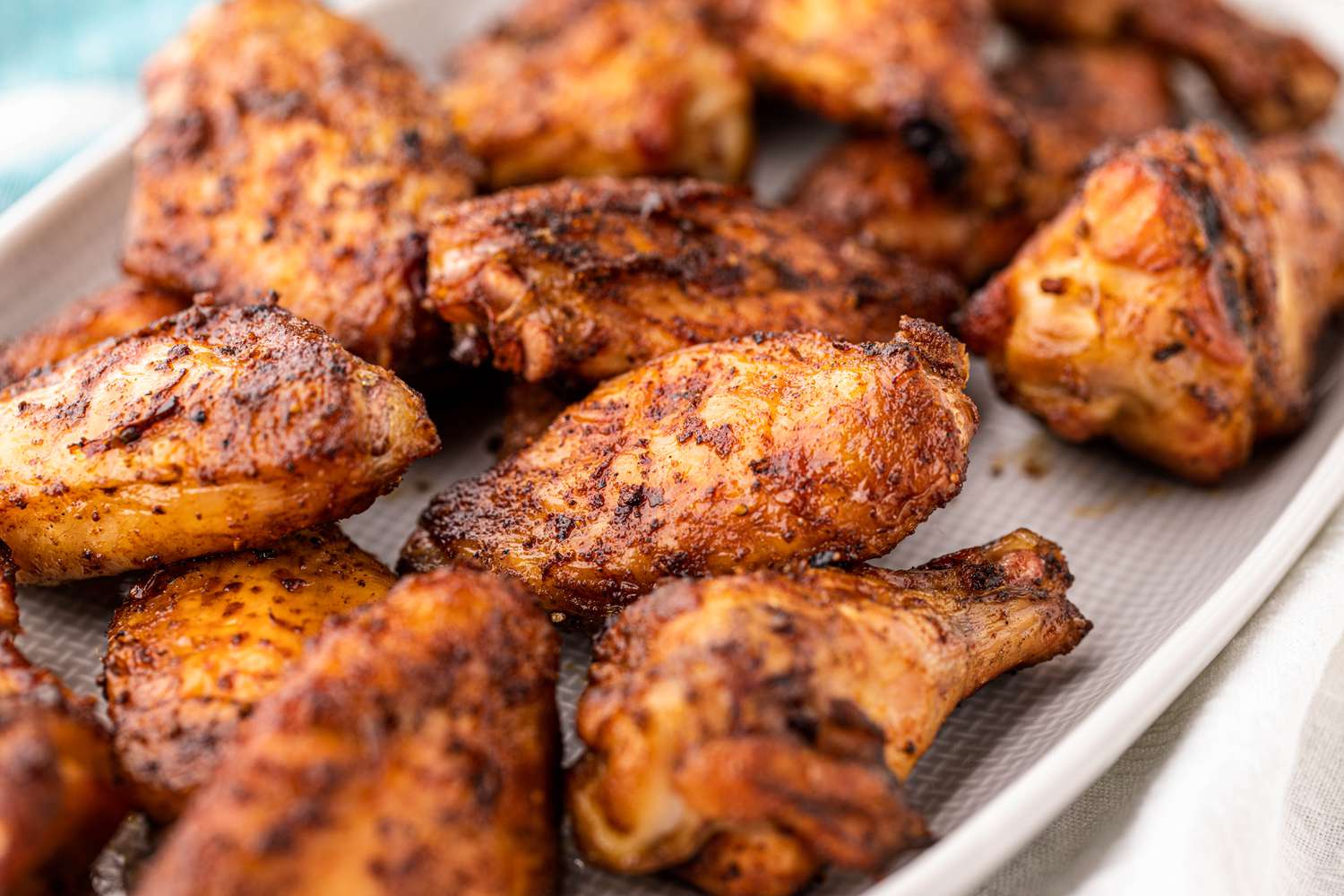Mastering the Art of Steaming Shrimp: A Delightful Seafood Recipe to Savor
When it comes to cooking shrimp, there are countless methods to choose from, each offering a unique way to bring out the flavors of this delectable seafood. And one technique that stands out for its simplicity and ability to retain the natural sweetness of shrimp is steaming. In this guide, we will take you through the step-by-step process of mastering the art of cooking steamed shrimp, ensuring a mouthwatering dish every time.
What You’ll Need:
- Fresh shrimp, deveined and shell-on
- A steamer pot or a large pot with a steaming basket
- Water or broth for steaming
- A selection of herbs and spices (optional)
- Lemon wedges for serving
Step 1: Preparing Your Shrimp
Start by selecting the freshest shrimp you can find. It’s best to choose shrimp that are medium to large in size, as they are easier to handle and have a satisfying bite. Leave the shells on as they help to preserve the juices and retain the shrimp’s natural flavors during the steaming process. Remember to devein the shrimp before cooking by making a shallow cut along the back and removing the dark vein.
Step 2: Setting Up Your Steamer
If you have a steamer pot, fill the bottom with water or broth, making sure it doesn’t touch the steaming basket. If not, don’t worry! A large pot with a steaming basket or a colander that fits inside can work just as well. Fill the pot with water or broth, leaving enough room for steaming without overflowing.
Step 3: Adding Flavor (Optional)
While steaming shrimp enhances their natural taste, you can add an extra layer of flavor with the help of herbs and spices. Consider adding a few sprigs of fresh dill, a handful of fragrant bay leaves, or a sprinkling of Old Bay seasoning to infuse your shrimp with enticing aromas.
Step 4: Bringing the Water to a Boil
On high heat, bring the water or broth in the pot to a rolling boil. This will create the steam necessary for cooking the shrimp thoroughly and evenly. The gentle, moist heat of steaming ensures that the shrimp remain tender and succulent.
Step 5: Placing the Shrimp in the Steamer
Once the water is boiling, carefully place the prepared shrimp in the steaming basket or colander, making sure they are spread out in a single layer. To prevent overcrowding, you may need to cook the shrimp in batches.
Step 6: Steaming the Shrimp
After arranging the shrimp, cover the pot with a tight-fitting lid to trap the steam. Reduce the heat to medium-high, allowing a steady stream of steam to envelop the shrimp. Cook the shrimp for about 5-7 minutes, or until they turn pink and opaque. Avoid overcooking, as this can result in rubbery shrimp.
Step 7: Serving and Enjoying
Once the shrimp are cooked to perfection, carefully remove them from the pot using tongs or a slotted spoon. Transfer the steamed shrimp to a serving platter, garnishing with fresh herbs if desired. Squeeze some fresh lemon juice over the shrimp for a bright, citrusy finish that complements their natural flavors beautifully.
Steamed shrimp makes for a versatile and delicious dish that can be enjoyed in various ways. Serve them as an appetizer with cocktail sauce or garlic butter dipping sauce, add them to salads or stir-fries, or use them to create flavorful seafood pasta dishes. The possibilities are endless!
Now that you’ve learned the art of steaming shrimp, it’s time to gather your ingredients and embark on a culinary journey filled with delightful flavors. Whether you’re cooking for guests or simply treating yourself to a special meal, this steamed shrimp recipe is sure to impress. Bon appétit!
– Fresh shrimp
– Water
– Salt
– Lemon juice
– Old Bay seasoning (optional)
Was this page helpful?
Read Next: How To Cook Fresh Garlic
